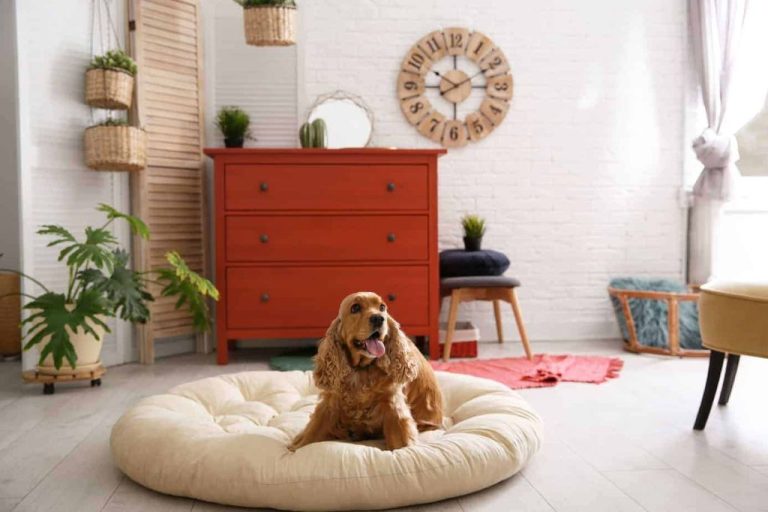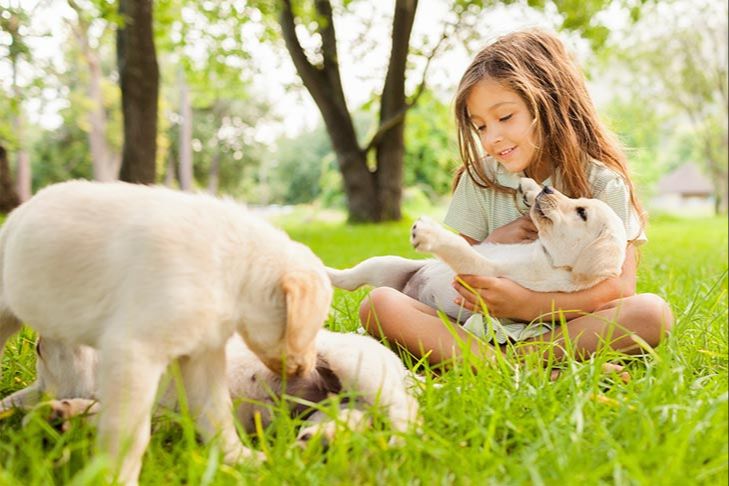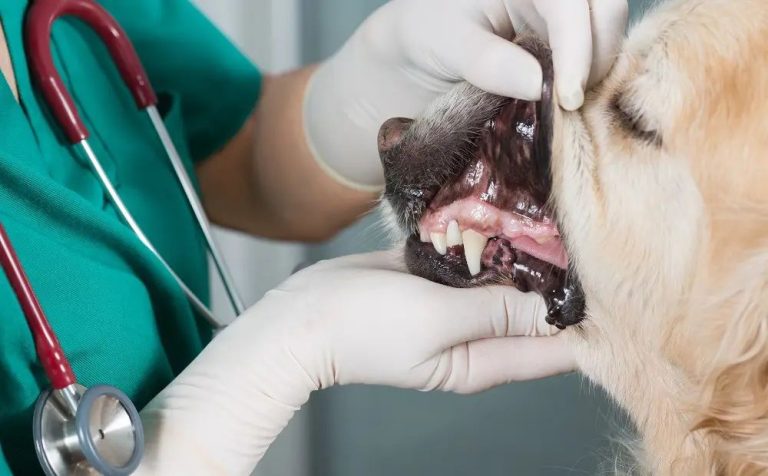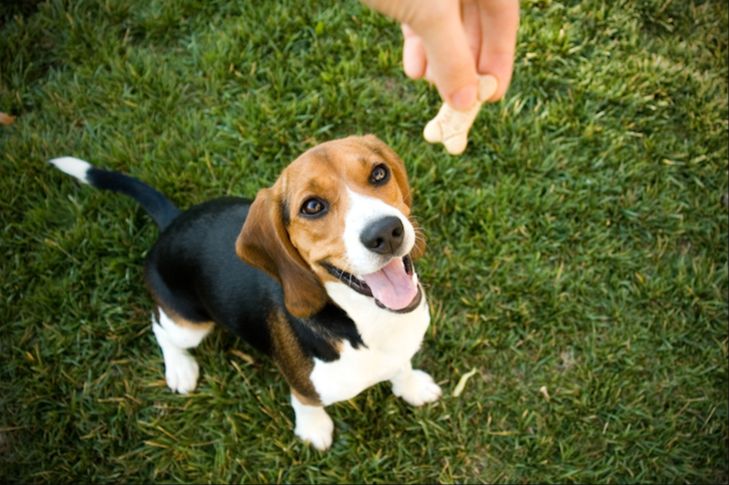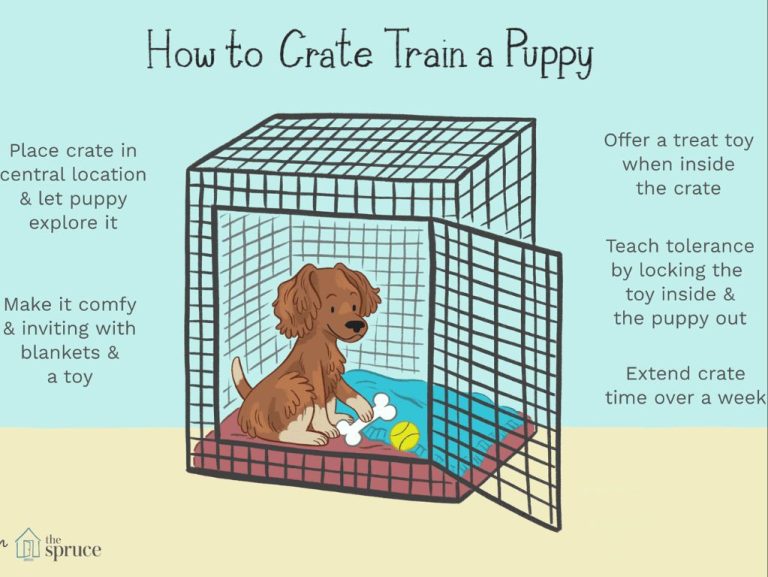Beginner’S Guide To Dog Training: Essential Tips For Success
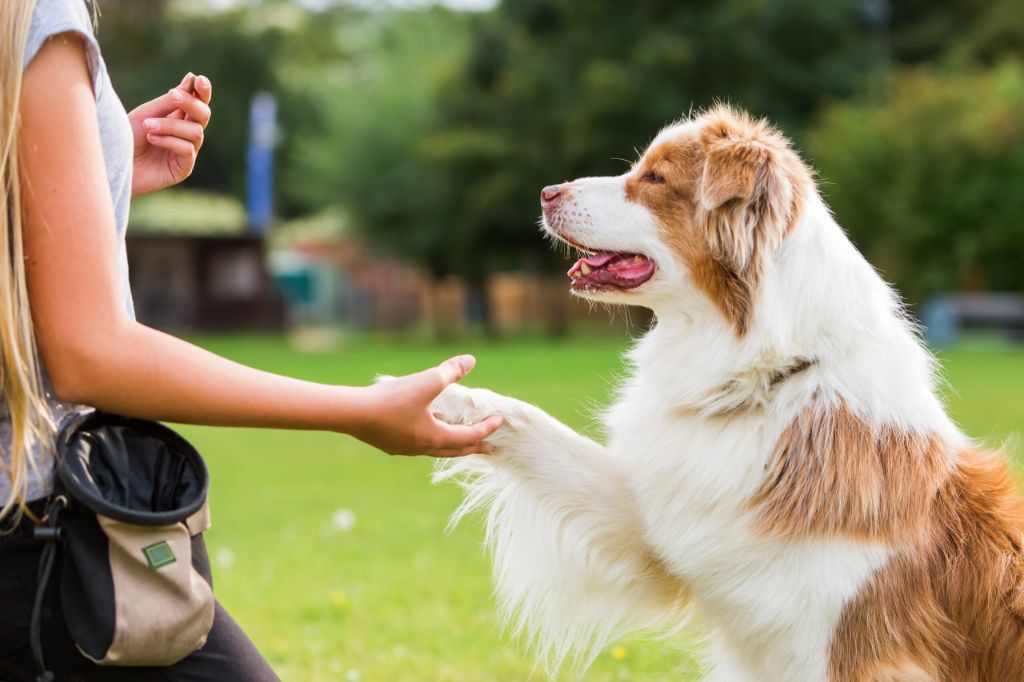
The purpose of this beginner’s guide is to provide essential tips for successfully training your dog. Proper training is critical for both you and your dog’s happiness. As highlighted in The importance of training your dog, training builds confidence in your dog, provides mental stimulation, and strengthens your bond. This guide will cover establishing yourself as the pack leader, basic obedience commands, housetraining, leash training, socialization, preventing unwanted behaviors, providing mental stimulation, and setting up a routine.
As explained in Why You Should Train Your Dog, training helps prevent boredom and mischievous behaviors in dogs by providing physical and mental stimulation. It also allows you to better communicate with your dog and enhance your relationship. Following the tips outlined in this guide will set you and your dog up for training success.
Establishing Yourself as the Pack Leader
To have a well-behaved dog, it is essential that your dog views you as the pack leader from the start (https://dogcitynyc.com/how-to-be-a-pack-leader-101/). Dogs are pack animals with hierarchical social structures. If your dog does not accept you as the leader, they will assume the alpha role and exhibit dominant behaviors.
To establish yourself as pack leader, you must be calm, assertive, consistent, and fair. Use both rewards and corrections judiciously to reinforce good behaviors and discourage unwanted ones. Set clear rules and boundaries and ensure your dog follows them. For example, do not allow jumping, demand a sit before meals, and walk through doors first (https://www.alphapaws.com/establishing-yourself-as-the-pack-leader-for-your-dog/).
Make sure your body language exudes quiet confidence and take a firm, authoritative tone when giving commands. Be patient and do not yell. Reward compliance with praise, treats or play. If your dog disobeys, use corrections like timeout or removing attention. The key is to be consistent – dogs want and need strong leadership.
With time and consistency, your dog will look to you for guidance and happily follow your leadership. This makes training much easier and leads to a better behaved and more secure dog.
Basic Obedience Commands
Teaching your dog basic obedience commands creates a foundation for good behavior and manners. According to the AKC, the most important cues to teach your puppy are: sit, stay, come, down, heel, and leave it 1. These commands provide structure and help reinforce you as the leader. They also aid in housetraining, preventing unwanted behaviors, and establishing control.
Sit – Teaching a puppy to sit helps establish your leadership. Have treats ready and hold one at your puppy’s nose level. Slowly move the treat above their head so their nose follows the treat upwards and their bottom drops. Say “sit” when they are in sitting position, praise, and give the treat. Practice this regularly until your puppy associates the word “sit” with the action.
Stay – “Stay” teaches your puppy self-control. Start with sit, say “stay”, take a few steps back, then return and reward. Gradually increase the distance and duration of your stepping away. Use a hand signal like an open palm to accompany the stay command.
Come – A reliable recall or “come” command is vital for safety. Call your puppy’s name excitedly while stepping away to encourage coming. Praise and treat upon reaching you. Increase distance and practice with distractions as your puppy masters it.
Heel – Heel teaches your dog to walk focused on you, even around distractions. With your puppy on a leash and treats available, say “heel”, walk forward and reward when they are in proper heel position. Use treats to keep their focus as you practice.
Down – This teaches your puppy to lay down on command. With your puppy sitting, hold a treat by their nose and slowly lower it straight down between their paws while saying “down”. Praise and reward when they follow the treat into a down position.
Leave It – Leave it helps prevent your puppy from putting inappropriate things in their mouth. Place a treat on the floor and cover it with your hand. Say “leave it” then reward from your other hand when they resist taking the covered treat. Build up to higher value items.
Housetraining 101
Housetraining a puppy requires patience, consistency and positive reinforcement. The key elements involve crate training, following a schedule, supervising the puppy, and rewarding them for going potty in the right spot.
Crate training is highly effective for housetraining. The crate should be just big enough for the puppy to stand up, lie down, and turn around. Don’t leave puppies in their crate longer than 2-4 hours. When the puppy needs to relieve themselves, they will vocalize and you can take them outside immediately. Reward the puppy after they successfully go potty outside the crate. The crate teaches them to hold it until taken outside [https://www.humanesociety.org/resources/how-potty-train-your-dog-or-puppy].
Establishing a predictable schedule for taking your puppy outside builds an association with where to relieve themselves. Take puppies out first thing in the morning, after naps, playtime, feeding, and every 30 minutes to 2 hours. Supervise the puppy carefully inside when they are active and not confined in their crate. If you see signs they need to go, promptly take them outside [https://www.rspca.org.uk/adviceandwelfare/pets/dogs/training/toilettraining].
Reward your puppy every time they successfully go potty in the designated spot outside. Verbal praise or treats should be given immediately as positive reinforcement. With consistency, your puppy will learn that going potty outside leads to rewards.
Leash Training
Leash training is an important part of ensuring your dog walks politely on a leash without pulling. Proper leash walking manners are crucial for puppy socialization and getting exercise. Follow these tips for successfully teaching your puppy to walk on a leash:
Start leash training early, as young as 8 weeks old. Puppies have short attention spans so keep initial sessions short, 5-10 minutes. Increase duration as your puppy ages. Use proper equipment suited for your puppy’s size like a lightweight leash and collar or harness. Consider a martingale collar to prevent slipping. Initially let your puppy wander and get used to the leash. Reward with treats when he walks near you without pulling [1].
Teach cues like “let’s go” to initiate walking and “this way” when changing direction. Make frequent direction changes and reward for following you. Stop and stand still when your puppy pulls – reward and resume walking when the leash is loose again. Practice in low distraction areas, then increase difficulty. Remain patient and consistent and your puppy will learn to walk politely on leash.
If your puppy gets excited when seeing other dogs, people, or distractions, refocus their attention on you with treats when possible. With consistency, your puppy will be leash trained in no time.
Socialization with Other Dogs
Socializing your puppy with other dogs is crucial for preventing fear, anxiety and aggression later in life. However, this needs to be done in a safe and controlled manner according to the role of early age socialization practices on adult dog behavior. Supervised interactions allow you to correct unwanted behaviors and teach proper greetings.
You should wait until your puppy has had all its vaccinations before allowing contact with unknown dogs. Until then, arrange play sessions with friend’s vaccinated, healthy dogs. Keep these sessions brief (5-10 minutes) and closely supervise all interactions. If things get too rough or you see signs of fear or aggression, intervene immediately and redirect their attention or end the session.
Teach your puppy to greet politely by sitting to say hello. If they jump or nip, firmly tell them “no” and request they sit before petting. Reward calm, polite greetings with praise, petting or treats. This will reinforce good manners around other dogs. With consistency, your puppy will learn that gentle greetings lead to positive attention.
By socializing your puppy gradually in controlled settings, correcting unwanted behaviors and teaching good manners, you will raise a confident, friendly dog who can interact properly with others.
Preventing Unwanted Behaviors
Some common unwanted behaviors in puppies include chewing, nipping, barking, digging, and jumping. Taking steps to discourage and prevent these behaviors early on will make training much easier as your puppy grows up.
To deter chewing, provide your puppy with plenty of chew toys and rotate them regularly to keep them interesting. Offer appropriate items to chew on whenever you catch them chewing furniture or other household objects. Use a cue like “leave it” and redirect their attention to a chew toy (https://www.aspca.org/pet-care/dog-care/common-dog-behavior-issues/destructive-chewing).
For nipping and biting, immediately yelp “ouch!” whenever your puppy bites too hard and then walk away from play time, ignoring them for 30-60 seconds. This teaches them that biting ends fun playtime. Provide plenty of appropriate chew toys and use redirection techniques. Consider enrolling in a puppy obedience class for additional training (https://www.akc.org/expert-advice/training/puppy-mouthing-expert-tips/).
To discourage barking, determine the cause first – attention seeking, fear, or isolation anxiety. For attention seeking barking, ignore the puppy until they are quiet, then reward the silence with attention and praise. For fear barking, identify triggers and work on gradual desensitization. For isolation anxiety, provide interactive toys when leaving them alone and keep arrivals/departures low-key.
For digging, designate an acceptable digging area in the yard and reward use of this space. Block off or cover areas where digging is unwanted. Provide plenty of exercise, toys, and chews to decrease boredom.
Finally, to prevent jumping, turn away from your puppy and ignore them until all four paws are on the ground, then reward. Ask guests to help by also turning away when greeted with jumping. Use baby gates to restrict access and teach sitting while waiting calmly for affection.
Providing Mental Stimulation
Mental stimulation is just as important as physical exercise for dogs. An understimulated dog can become restless, destructive, or develop behavioral issues. Providing mental enrichment helps prevent problem behaviors and keeps your dog happy and engaged.
There are many simple ways to give your dog mental stimulation each day:
- Food puzzles and treat-dispensing toys – These require your dog to figure out how to get the treats out, providing mental challenge. Rotating different puzzle toys keeps it interesting.
- Chew toys – Choosing toys that take your dog time and effort to chew provides mental and physical stimulation. Try toys with different shapes and textures.
- Training games – Doing even short 5-10 minute training sessions every day exercises your dog’s brain through practicing commands, learning tricks, or playing games like hide-and-seek.
- Sniffing and exploring on walks – Instead of structured leash walks, let your dog sniff and wander freely to use their powerful nose and take in new sights and sounds.
You can find great food puzzles, interactive toys, treat dispensers and more designed just for mental stimulation. Pick activities your dog enjoys most and mix up the options to keep their mind engaged.
According to pet experts, providing at least 15 minutes of mental stimulation per day prevents boredom and behavioral issues in dogs. For energetic breeds or young dogs, aim for 30+ minutes daily.
Setting Up a Routine
Establishing a regular daily routine is crucial for dogs. It allows them to anticipate feeding times, potty breaks, exercise, training, playtime, and more. A consistent schedule will help reduce your dog’s stress and make them feel more secure.
Aim to stick to a schedule as much as possible, though some flexibility is okay. The ideal daily routine should include:
- Scheduled feeding times in the morning and evening
- Taking your dog out first thing in the morning and on a consistent schedule throughout the day for potty breaks
- Morning and afternoon walks for exercise and potty time
- Short training sessions a few times a day to practice commands
- Dedicated playtime for fetching, tug of war, or other interactive games
- Nap time when you are away or occupied
- Relaxation and cuddle time in the evenings when your family is home
You may need to adjust the schedule for puppies, senior dogs, or breeds with different energy levels. The key is keeping a consistent daily flow. Your dog will soon learn the routine and be ready when it’s time for the next activity.
Setting up a printed schedule or using calendar reminders for the dog’s routine can help you stick to it. Consider getting a dog walker or sitter to assist on days when your schedule changes. With consistency in their daily routine, your dog will feel relaxed, secure, and ready to focus on training.
Conclusion
Dog training takes time, patience, and consistency. The most important points to remember are establishing yourself as the leader, using positive reinforcement during training sessions, keeping sessions short and structured, and sticking to a routine. It’s also critical to properly socialize your dog and provide enough mental stimulation through activities like obedience training, agility, or interactive toys.
Housebreaking and leash training are key skills every dog should learn. Prevent unwanted behaviors through redirection and by removing rewards for those behaviors. Provide your dog with daily exercise and training even after the initial period – lifelong learning is just as enriching for dogs as humans.
While dog training at first takes effort, the payoff of having a well-behaved companion is immense. With the proper foundation set through the tips outlined here, you’ll be well on your way to sharing your life with a happy, obedient dog. Remember, change takes time, so be patient and keep sessions relaxed. With consistency and positive reinforcement, you’ll be amazed at what your dog can learn.

